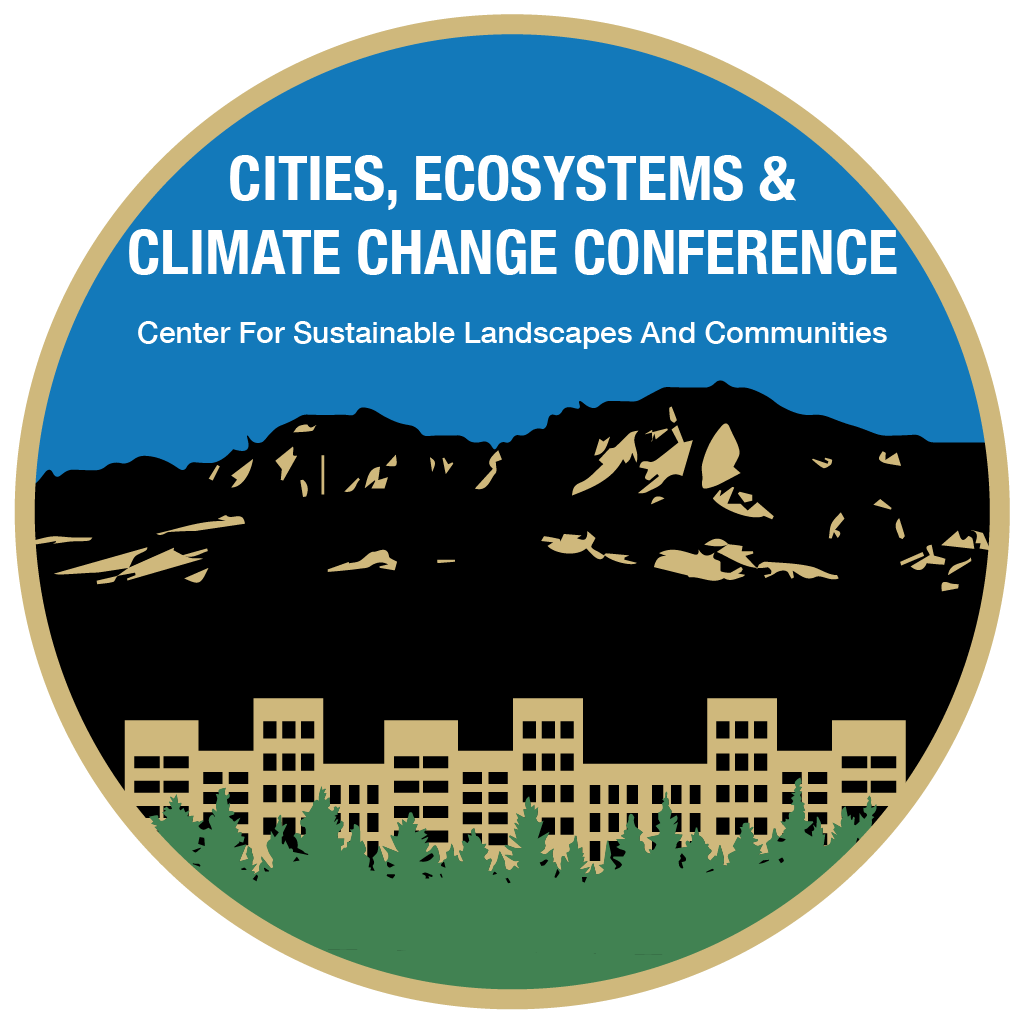Featured projects
Community Collaboration on Forest Health
The forests near Boulder have become overly dense, due in part to 120 years of U.S. land management policies intended to reduce fire risk. After decades of fire suppression, dead wood and live tree densities have built up in the forest, creating more fuel for future fires. Combined with insect outbreaks, warming temperatures and drought, the risk of catastrophic wildfires is now very high.
Boulder Canyon Community Stewardship Area
Stewardship means taking care of something - in this case, taking care of Boulder Canyon as a wild and natural place. In the past, we have expected our tax-funded land managers to take care of our public lands. But as more and more people visit and enjoy our public lands, this model becomes less and less effective, and in places like Boulder Canyon it is not even possible.
Boulder Apple Tree Project
Through the combined efforts of geneticists, ecologists, horticulturalists, historians, and the Boulder County community, the Boulder Apple Tree Project is assembling a picture of Boulder’s apples that is both invigorating and alarming: over 1,000 heirloom apple trees remain in Boulder County, but we lose about 10% of the population each year due to age. The BATP connects the ecological and cultural heritage of apple trees in Boulder County to create a living resource that preserves the cherished place of apple trees in Boulder culture and provides a bank of historic, sustainable cultivars for the future.
Cities, Ecosystems and Climate Change: Facing Threats and Growing Opportunities
In Boulder, as in many other communities, concerns about climate change have not fully integrated the impacts it will have on our landscapes and associated urban, agricultural, and natural ecosystems. Although there are many efforts addressing different aspects of ecosystems and ecosystem impacts, such as pollinator protection, urban forest assessment, and wildlife advocacy, much of the environmental planning and management efforts have been fragmented by sector, organization, or public agency department.
Emerald Ash Borer Related Tree Removal and Implications for Urban Heat: a Pilot Field Study
Urban tree canopies are valued for providing numerous ecosystem services. Tree canopies help mitigate urban heat through evaporative cooling and shading. In Boulder, Colorado, 25% of the urban forest is composed of ash trees. Emerald Ash Borer (EAB) has migrated to Boulder from the eastern United States, posing a significant threat to canopy loss and reduction in ecosystem services, such as reduced urban shade and cooling.




